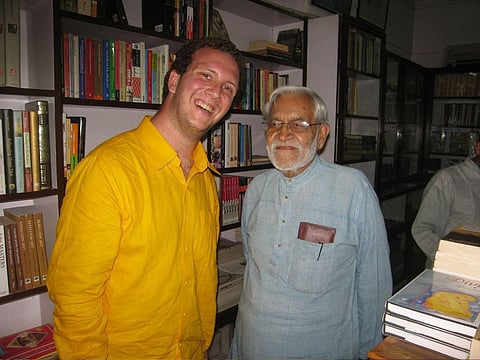Ram's was not an Urdu Book shop but copies of Awadh Punch he would obtain from his sources. When Prof. Mushirul Hasan published Awadh Punch in English, copies were instantly available on his shelves. Books were never flaunted in a commercial scale; they were meant for the connoisseurs for whom the book shop was a meeting place, sometimes with the original authors themselves – Violette Graffe, the French scholar on Lucknow, V.S. Naipaul (India a million mutinies), Veena Talwar Oldenburg (Making of Colonial Lucknow), Rosie Llewellyn-Jones (Lucknow, City of Illusion) and Cambridge historian, Prof. Francis Robinson, William Dalrymple, Mark Tully, Dom Moraes – and every Indian of cosmopolitan interests who visited Lucknow. The spate of Western visitors to the Book Shop places Ram as an interpreter of Lucknow's deeper culture which still bustles in Chowk and Nakkhas.


